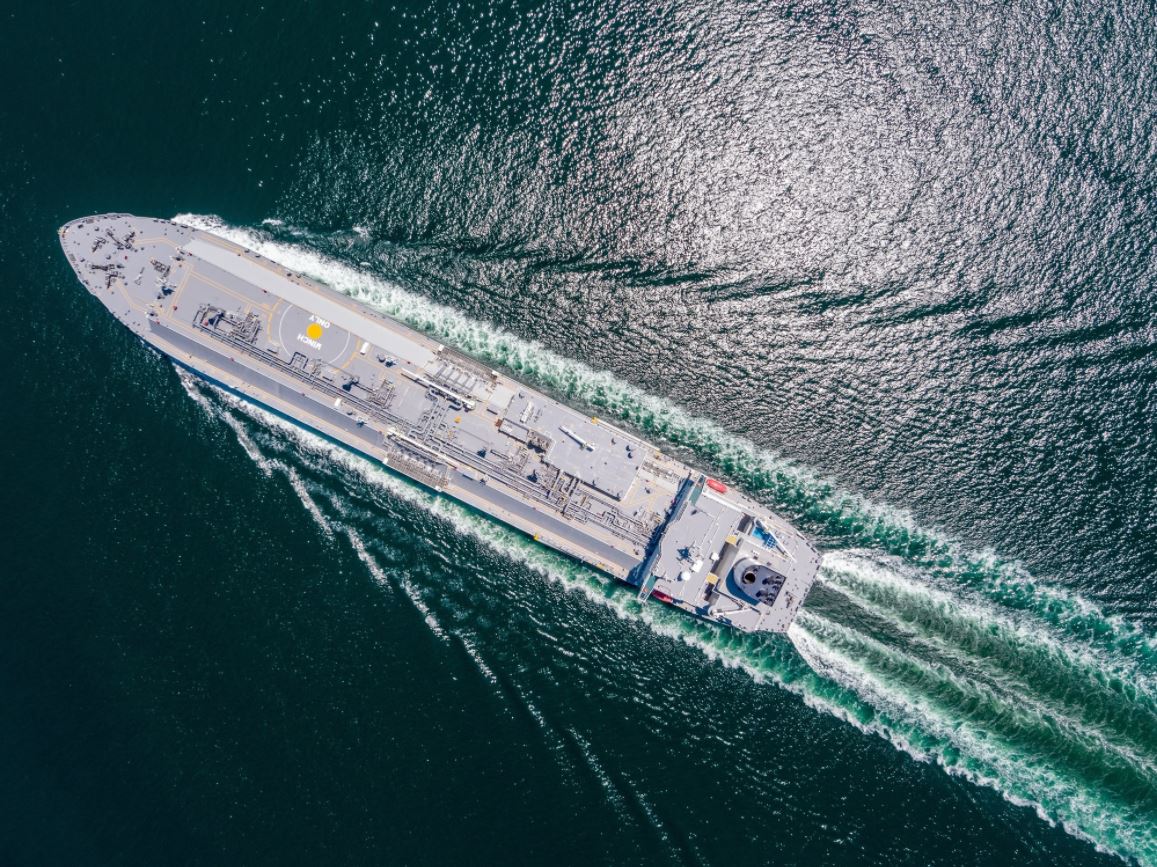Venice Energy, the developer of an FSRU-based LNG import facility in the Port of Adelaide, is expecting to reach a final investment decision on the development in South Australia in “the coming months”, according to its managing director Kym Winter-Dewhirst.
The firm said in a statement on Wednesday it was accelerating its construction schedule for its government-approved A$250 million ($181.8 million) LNG import terminal.
Venice Energy said negotiations with a range of off-take customers had advanced “significantly” and this week the company would undertake a “major investor roadshow” in east coast capitals, with the support of leading advisors, Sequoia Capital.
Winter-Dewhirst said there was strong interest from the investment community both locally and overseas, to support the project, one of only two approved LNG import projects in Australia.
“We have been fortunate to secure strong backing including from Brigg Macadam, debt advisors in the UK to put together the investors to underwrite our project and ensure we reach a final investment decision (FID) in the coming months,” said Winter-Dewhirst.
Construction to start in the second half of this year
Venice Energy received project approvals for the Outer Harbor project from the South Australian government in December 2021, with the project receiving both Crown sponsorship and was designated as “essential infrastructure” by the state.
The company said it expects to begin construction of the terminal and associated facilities in the second half of the year and has flagged first gas into the state network by 2024 or earlier, should off-taker demand require.
Besides a 146,600-cbm FSRU, the terminal includes two new wharfs, loading arms, cryogenic piping, and shore-based infrastructure.
It would have the ability to supply up to 140 Petajoules of gas into both of the South Australian and Victorian markets.
Venice Energy is currently finalizing a joint feasibility study with the owners of the 680km SEA Gas pipeline between the two states that will make the pipeline infrastructure bi-directional.
The firm said this would allow delivery from the Outer Harbor project to key customer locations in South Australia and Victoria and would ensure Victoria is able to meet its winter gas peak demand in 2024 and beyond.
According to Venice Energy, the terminal would become the only LNG import facility in South Australia.
The company signed a heads of agreement with Greece’s GasLog in July last year, under which the latter would supply an FSRU for the project.

